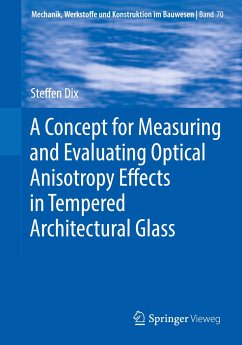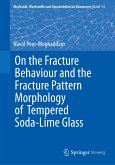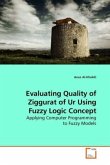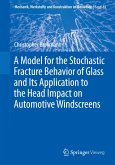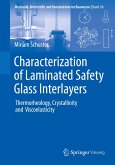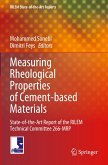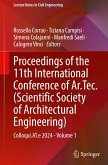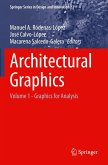Optical anisotropy e ects can occur in building envelopes made of tempered glass. The visual e ect has been neglected in the evaluation of the building product and increasingly leads to disputes between the parties involved. This thesis extends the state of knowledge on the cause and perception of optical anisotropic e ects and presents a concept for measuring and evaluating them in at monolithic tempered architectural glass.
Initially, an overview and description of current photoelastic measurement methods are given, and the accuracy of the used measurement setups is verified for the first time. The experimental basis for the concept is formed by extensive full-field retardation measurements in the laboratory and field studies of the maximum visibility of the anisotropy e ects in an outdoor test rig with accompanying polarization measurements of the sky. Various glass types, geometries, and tempering levels are selected based on typically used products, and their in uence on theresulting retardation image is investigated. Determining a correlation of the retardation images with the re ection images of selected test specimens in the outdoor test rig complements the experiments.
Based on this, digital evaluation methods are presented, further developed, and applied to the measured retardation images. From the critical analysis of these results, limit values for di erent anisotropy quality classes are derived, and the concept is complemented. With the implementation of the evaluation methods and the limit values in commercial anisotropy scanners, the quality of each glass pane can be determined directly after tempering in the future. By choosing the highest quality class A, it will be possible in the future to significantly reduce anisotropy e ects in constructions made of tempered glass panes.
Initially, an overview and description of current photoelastic measurement methods are given, and the accuracy of the used measurement setups is verified for the first time. The experimental basis for the concept is formed by extensive full-field retardation measurements in the laboratory and field studies of the maximum visibility of the anisotropy e ects in an outdoor test rig with accompanying polarization measurements of the sky. Various glass types, geometries, and tempering levels are selected based on typically used products, and their in uence on theresulting retardation image is investigated. Determining a correlation of the retardation images with the re ection images of selected test specimens in the outdoor test rig complements the experiments.
Based on this, digital evaluation methods are presented, further developed, and applied to the measured retardation images. From the critical analysis of these results, limit values for di erent anisotropy quality classes are derived, and the concept is complemented. With the implementation of the evaluation methods and the limit values in commercial anisotropy scanners, the quality of each glass pane can be determined directly after tempering in the future. By choosing the highest quality class A, it will be possible in the future to significantly reduce anisotropy e ects in constructions made of tempered glass panes.

